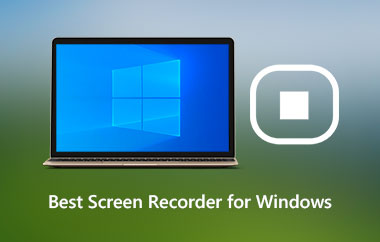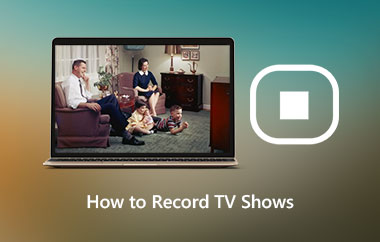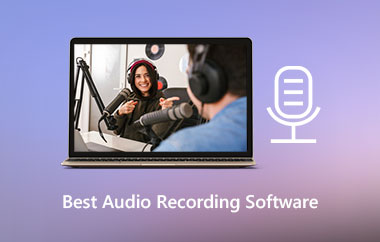Mac has always been the preferred operating system for creatives. It simply outperforms everything else when it comes to creative tasks. You've come to the right place if you're a Mac user and want to screen record on Mac with internal audio. This article will teach you how to screen record on Mac with internal audio using various but manageable Mac screen recorders. Let's talk about how to screen record on Mac using the three best methods in this article.
Part 1. How to Screen Record on Mac with Audio
1. Use AVAide Screen Recorder
is a great option. It has an in-built screen recording feature that allows you to record whatever is displayed on your Mac's screen and audio from the built-in microphone without having to launch another application. AVAide Screen Recorder is a great option. It has an in-built screen recording feature that allows you to record whatever is displayed on your Mac's screen and audio from the built-in microphone without having to launch another application.
Furthermore, this software can record your entire screen, a single window, or a specific area in high quality with internal audio. It can also export your recorded video to different formats. With the annotation toolbar, you can annotate your screen recording in real-time. Look at the steps below to learn how to screen record on a Mac with the most recommended software.
- Without any difficulty, record the screen, webcam, and audio.
- High-quality screen recording on a Mac with internal audio.
- With an internal/external microphone and output speaker, you can easily and quickly record desktop screens.
Step 1Launch AVAide Screen Recorder
Install and launch AVAide Screen Recorder on your Mac by clicking the download button above. And after that, in the screen's center, click the Screen Recorder icon to begin recording.

Step 2Adjust Frame
Adjust the area around the window you want to record. Select Custom from the drop-down arrow on the first cropper and specify a location for recording. To capture the entire scene, choose Full Screen.

Step 3Utilize the System's Built-In
You can use the system's built-in microphone or an external microphone connected to it to record a desktop screen with voice narrations. To disable voice narration while recording, disable the Microphone option.

Step 4Start Recording
To begin recording, then press the REC button.

Step 5Stop Recording and Save your Work.
After you've finished recording, press the Stop button to stop it, and then press the Clip button if you want to crop your recording clips before saving them. Then, click the Save button to save your video. If you're going to re-record your video, click the Re-Record button.
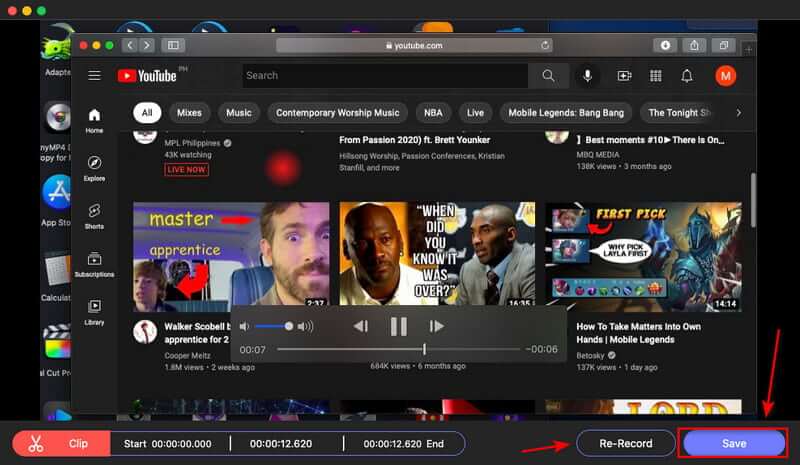
Step 6View the Video Recording
After saving the recording, you can now view the video record on the recording history. They are arranged by recording from the newest to the oldest.
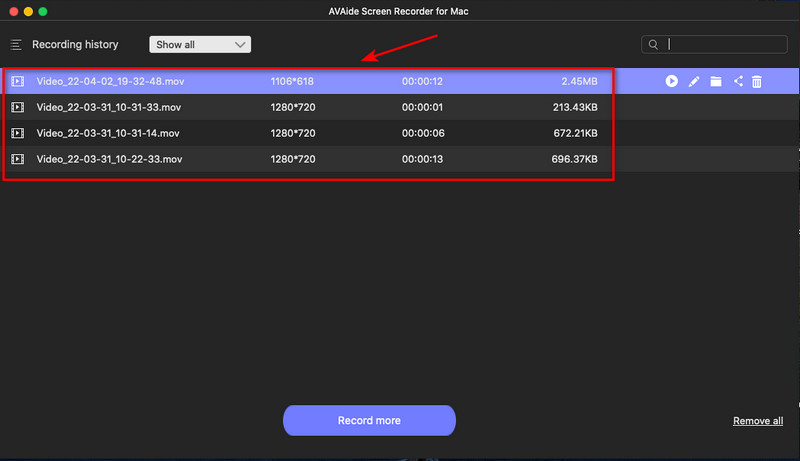
2. Use Keyboard Shortcuts
Every app has its own set of shortcuts, and shortcuts that work in one app may not work in another. Suppose you want to screen record on your Mac in a different way, there is another tool available. You can screen record on Mac using keyboard shortcuts, but make sure your MacBook is up to date and running macOS Mojave or later. Examine the procedure in greater depth below.
Step 1Press Shift-Command
Press Shift-Command to start recording screen video on your Mac. You'll be given the option to record your entire screen or a portion of it. You can take a screenshot of your full MacBook screen or just a part of it.
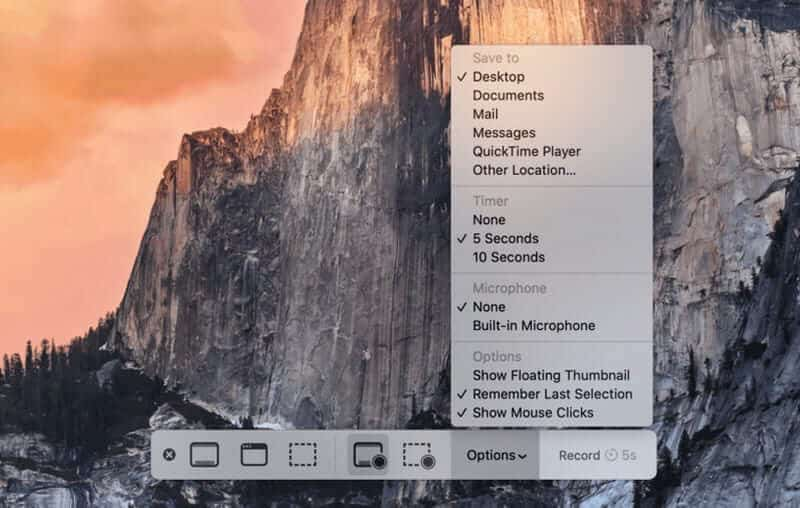
Step 2Optional Customization
When the recording menu appears, you'll see several options for customizing your MacBook screen recording settings. These options include saving the location, time, none, or the built-in microphone, mouse clicks, floating thumbnails, and remembering the last selection.
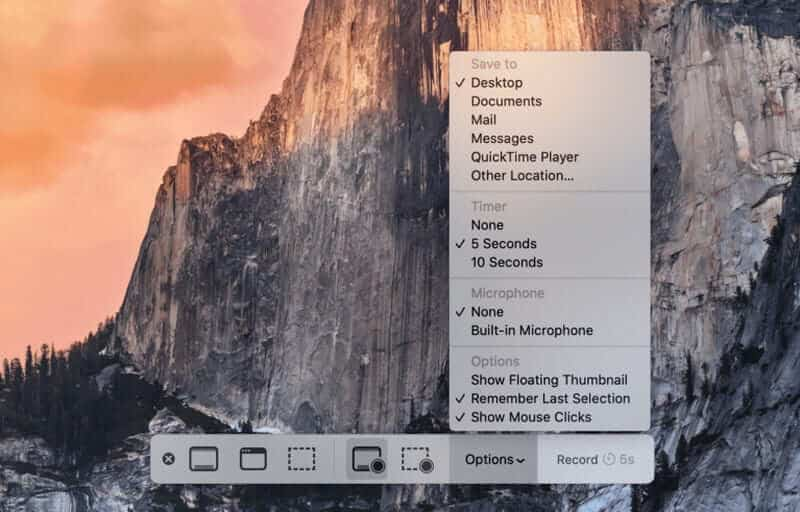
Step 3Start and Stop Recording
After configuring your settings, click anywhere on your screen or press the record button to start recording. When you're finished recording, click the stop button or use the Command, Control, Esc keyboard shortcut on a Mac to stop screen recording.
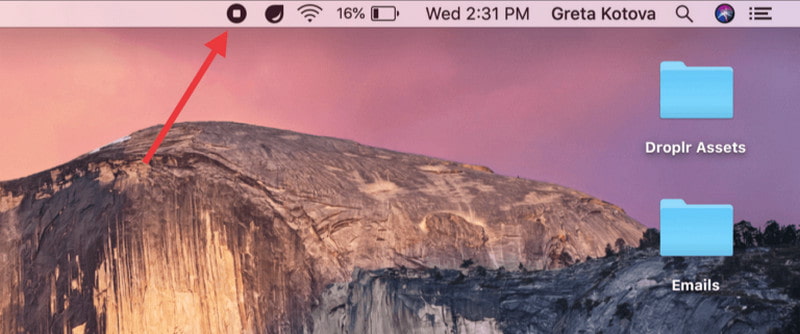
Step 4Trim your Recorded Video
You can trim your video once you've finished recording. In the bottom right corner of your screen, a thumbnail of the video will appear. When you click this thumbnail, you'll be able to choose whether to cut the video at the beginning or end. The video screen capture can then be shared and saved wherever you want on your device.

3. Use QuickTime Screen Recording
Another way to record a screen on a Mac is to use QuickTime Player, which comes pre-installed on all MacBooks, MacBook Pro, and MacBook Air. QuickTime is a well-known media player that is widely used by Mac users. It can also be used on your Mac as a powerful screen recording tool to help you record movies or audio. The built-in QuickTime Player can be used to record the on-screen content. This allows you to record the entire Mac screen or specific parts easily. To screen record on a Mac using QuickTime, follow the simple steps outlined below.
Step 1Launch the Application
To begin, launch the QuickTime Player application. Go to the Finder, then Applications, and finally scroll down until you find QuickTime Player. There are three modes available: movie recording, recording, and screen recording.
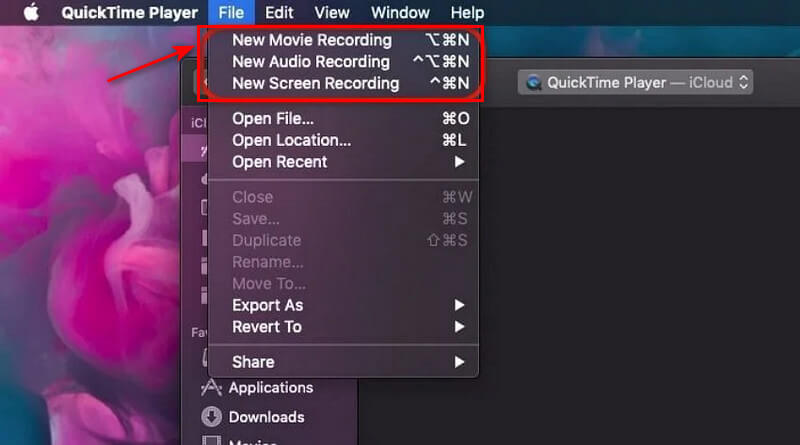
Step 2Select New Screen Recording
Select File, then New Screen Recording. Select the microphone source: Soundflower by clicking the small arrow next to the record button (2ch). Begin recording the screen. It will record video and sound on the system at this time. Reminder, music, system sound, and so on.
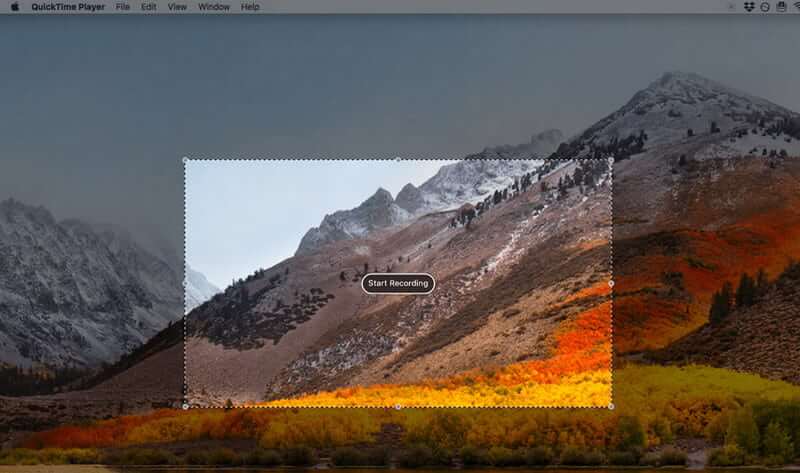
Step 3Stop Recording
When you select New Screen Recording, you'll be presented with the same menu as the method. You can use the procedure described above to record your Mac's screen with QuickTime screen recording and then stop QuickTime screen recording.
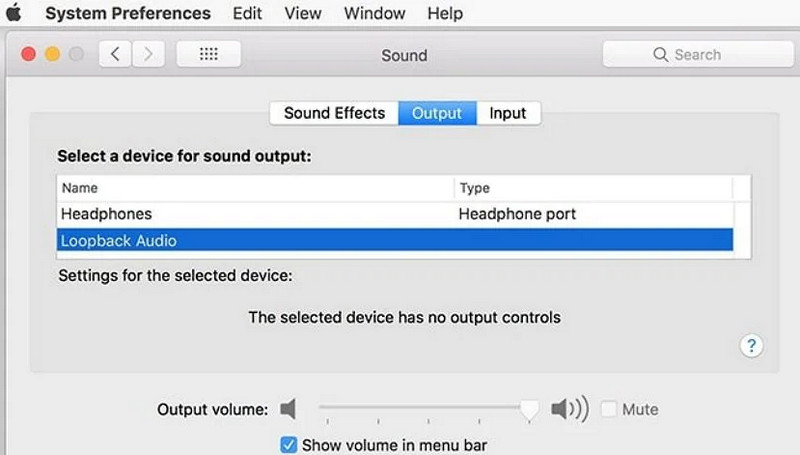
Part 2. How to Take Screenshots on Mac
Knowing how to take a screenshot is essential if you want to capture what's on your Mac right now, whether it's event tickets, a recent email, or a screenshot of your desktop. Furthermore, there are three ways to take a screenshot using keyboard shortcuts on a Mac. We'll go over the various keyboard shortcuts you'll need to know to take a screenshot on your Mac in this guide. We will also show to use the screenshots you took.
Option No. 1: Command-Shift-3
The primary method for taking screenshots on a Mac is to press command, shift, then 3. This keyboard shortcut is used to take a screenshot of your entire screen.
Option No. 2: Shift-Command-4
You can use this keyboard combination to turn your cursor into a crosshair that you can drag to choose a part of your screen to capture. Let go of the mouse or trackpad button to take the shot. After pressing Shift-Command-4, you have several other options below. 1. Press and release the space bar: To take a screenshot of a window, click on it. This method produces a screenshot with a white border and a slight drop shadow around the window. 2. After dragging to highlight an area, press and hold the spacebar before releasing the mouse button or trackpad. Press the spacebar before releasing the mouse button to take a screenshot. 3. After dragging to highlight an area, hold down the Shift key before releasing the mouse button or trackpad. This locks in each side of the crosshairs selection area except the bottom edge, allowing you to move your mouse up and down to position the bottom edge.
Option No. 3: Shift-Command-5
This combination, introduced in macOS Mojave, displays a small panel at the bottom of your screen with your screen capture options. You can capture the whole screen, a window, or a portion of your screen using one of three screenshot buttons. Similarly, you can record your whole screen or a part of it using the two video-recording buttons. You can close the screenshot panel by pressing the X button on the left, but you also can exit the software by pressing the Escape key.
Part 3. FAQs about Screen Recorder
Is it possible for the Mac to automatically record the screen?
When your recording is automatically saved, your Mac names it 'Screen Recording date at a time. Press the Esc key before clicking the record button to cancel a recording. QuickTime Player, AVAide Screen Recorder, and other apps that can edit or view videos can be used to open screen recordings.
Why does my Mac not support screen recording?
To allow an app to record your screen, check the box next. Deselect the checkbox to disable app access. Navigate to the Apple menu > System Preferences, then Security & Privacy, and privacy. Choose Screen Recording.
Is audio captured during screen recording?
Yes, Once you record your screen, you can include video and audio. Use microphone audio from your computer's built-in microphone or an external microphone to narrate your video. You can also record your system's audio, which is the sound that comes out of your speakers.
How long can you record a screen on a Mac?
On a Mac, how long can you screen record a video? There is no limited time for recording a video on your Mac. You can make a video for as long as you want until you run out of drive space.
Is the Apple screen recorder capable of recording internal audio?
Apple provides a free utility for iOS that you can add to your iPad or iPhone's Control Center to record your screen with sound. You do not need a different screen recorder application or audio recording software to record your screen.
The best screen recording software saves you time while also providing the most valuable content to your audience. Before choosing software, determine your target audience and use case. All of the solutions we've provided are excellent choices, but we strongly recommend AVAide Screen Recorder for Mac screen recording. Because this is a potent and versatile tool for the screen, video, and audio recording. Install it right away and give it a try!
Capture screen activities with audio, online meetings, gameplay videos, music, webcam, etc.
Record Screen & Video
- Screen Record on Mac
- Screen Record on Windows
- Screen Record on iPhone
- Record Audio on iPhone
- Record TV Shows without DVR
- Screen Record Snapchat on iPhone and Android
- Record a FaceTime Call
- How to Use the VLC to Record Screen
- Fix Amazon Error Code 1060
- Fix OBS Window Capture Black
- How to Make a PowerPoint Into a Video [Complete Tutorial]
- How to Make Tutorial Videos: Preparations and Guidelines
- How to Screen Record with Sound on iOS 15 and Later
- How to Screen Record on TikTok: Desktop and Mobile Solutions
- How to Screen Record on Samsung in 2 Proven Ways [Solved]
- How to Record Gameplay on PS4 without a Capture Card
- How to Record Gameplay on Xbox One [Full Tutorial]



 Secure Download
Secure Download
